Einsteins abandoned theory.
Requested URL must be a parsable and complete DynamicLink.
If you are the developer of this app, ensure that your Dynamic Links domain is correctly configured and that the path component of this URL is valid.
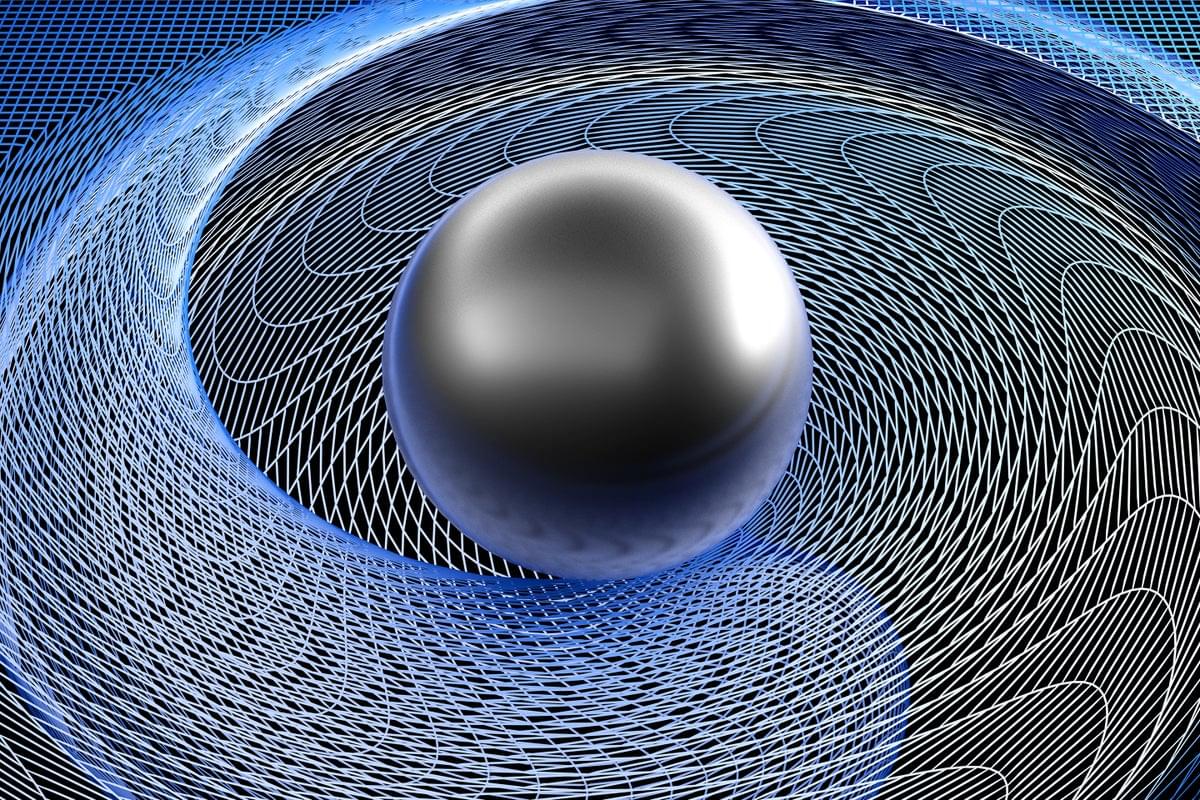
MIT 6.868J The Society of Mind, Fall 2011
View the complete course: http://ocw.mit.edu/6-868JF11
Instructor: Marvin Minsky.
In this lecture, students discuss Barry Schwartz’s 2000 piece on the psychology of hope. They also look at ethical dilemmas for positive psychology, and who has the right to meddle with top-level goals or induce happiness.
License: Creative Commons BY-NC-SA
More information at http://ocw.mit.edu/terms.
More courses at http://ocw.mit.edu

Dr. Rumi Chunara: “Our system learns to recognize more subtle patterns that distinguish trees from grass, even in challenging urban environments.”
How can artificial intelligence (AI) help improve city planning to account for more green spaces? This is what a recent study published in the ACM Journal on Computing and Sustainable Societies hopes to address as a team of researchers proposed a novel concept using AI with the goal of both monitoring and improving urban green spaces, which are natural public spaces like parks and gardens, and provide a myriad of benefits, including physical and mental health, combating climate change, wildlife habitats, and increased social interaction.
For the study, the researchers developed a method they refer to as “green augmentation”, which uses an AI algorithm to analyze Google Earth satellite images with the goal of improving current AI methods by more accurately identifying green vegetation like grass and trees under various weather and seasonal conditions. For example, current AI methods identify green vegetation with an accuracy and reliability of 63.3 percent and 64 percent, respectively. Using this new method, the researchers successfully identified green vegetation with an accuracy and reliability of 89.4 percent and 90.6 percent, respectively.
“Previous methods relied on simple light wavelength measurements,” said Dr. Rumi Chunara, who is an associate professor of biostatistics at New York University and a co-author on the study. “Our system learns to recognize more subtle patterns that distinguish trees from grass, even in challenging urban environments. This type of data is necessary for urban planners to identify neighborhoods that lack vegetation so they can develop new green spaces that will deliver the most benefits possible. Without accurate mapping, cities cannot address disparities effectively.”
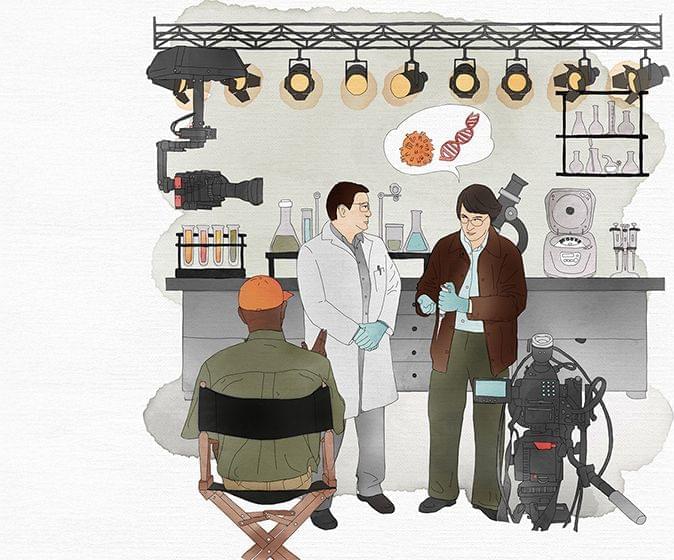
Lessening the severity and impact of influenza — dr. gregg C sylvester, MD — chief health officer, CSL seqirus.
Dr. Gregg Sylvester, MD is Chief Health Officer and Vice President, Medical Affairs, at CSL Seqirus (https://www.cslseqirus.us/our-company/leadership/gregg–… one of the world’s largest influenza vaccine companies.
Dr. Sylvester has led CSL Seqirus Medical Affairs since 2016, overseeing the global team that scientifically differentiates company’s vaccines by generating Real World Evidence and presenting CSL Seqirus research to national vaccine recommending organizations.
Dr. Sylvester has extensive experience in the pharmaceutical industry, government and patient care.
Prior to joining CSL Seqirus, Dr. Sylvester led Medical Affairs teams at Pfizer and Merck involved in the worldwide launches of vaccines including Gardasil (Human Papillomavirus Vaccine), Prevnar 13 (Pneumococcal Conjugate Vaccine) and Trumenba (Meningococcal Group B Vaccine).
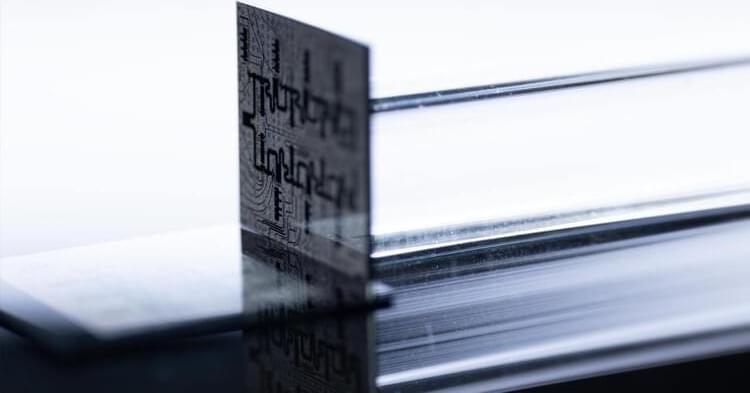
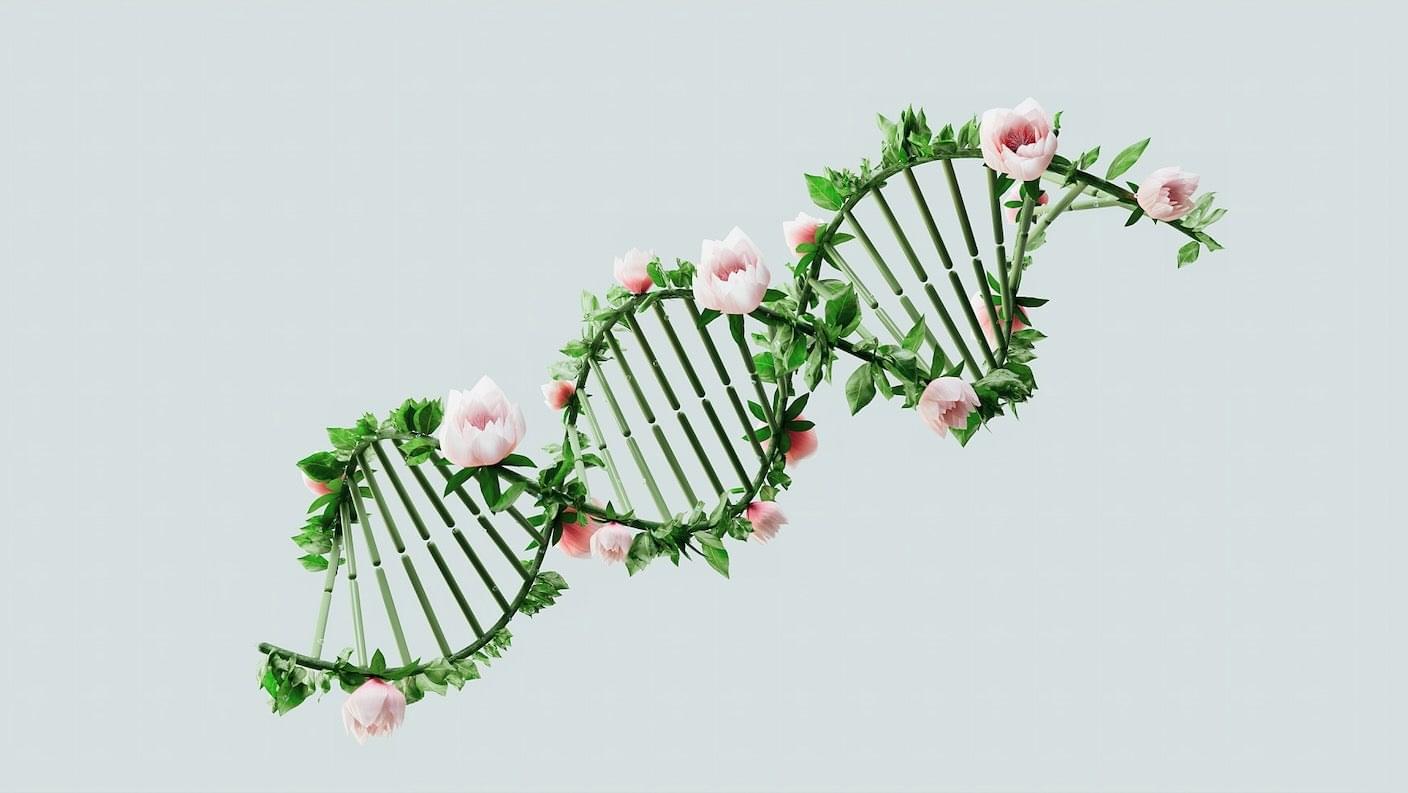
A new algorithm, Evo 2, trained on roughly 128,000 genomes—9.3 trillion DNA letter pairs—spanning all of life’s domains, is now the largest generative AI model for biology to date. Built by scientists at the Arc Institute, Stanford University, and Nvidia, Evo 2 can write whole chromosomes and small genomes from scratch.
It also learned how DNA mutations affect proteins, RNA, and overall health, shining light on “non-coding” regions, in particular. These mysterious sections of DNA don’t make proteins but often control gene activity and are linked to diseases.
The team has released Evo 2’s software code and model parameters to the scientific community for further exploration. Researchers can also access the tool through a user-friendly web interface. With Evo 2 as a foundation, scientists may develop more specific AI models. These could predict how mutations affect a protein’s function, how genes operate differently across cell types, or even help researchers design new genomes for synthetic biology.
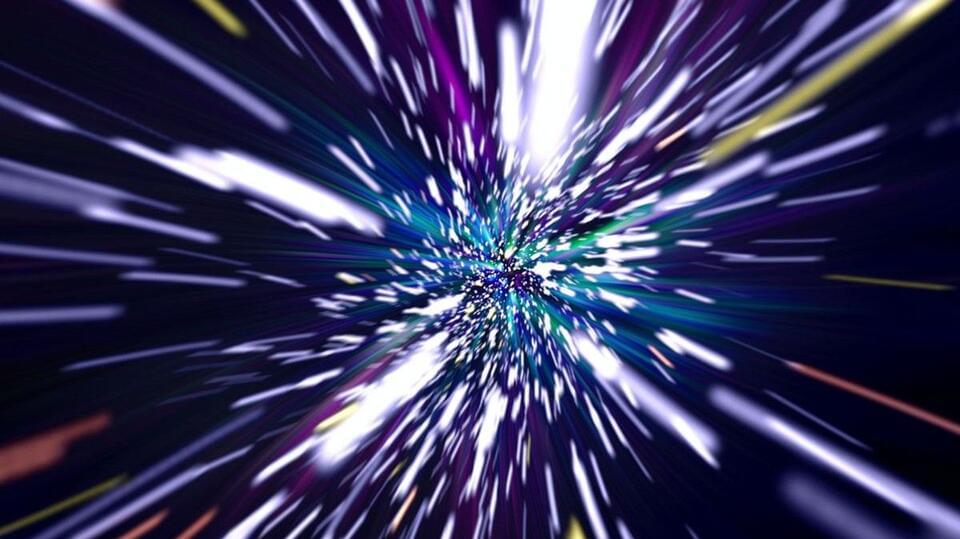
WCTU CLEVELAND 13 — A new study suggests that faster-than-light travel, once thought to be purely science fiction, may be achievable sooner than expected through the concept of warp drive, challenging Einstein’s Theory of Relativity. This breakthrough builds on the Alcubierre drive model proposed in 1994, which theorizes that a spacecraft could travel faster than light by contracting space-time ahead of it while expanding space-time behind it.
The idea was first introduced by Mexican theoretical physicist Miguel Alcubierre, who suggested that a space-time bubble could allow for faster-than-light travel without violating the laws of physics. However, his model was initially dismissed due to its extreme energy requirements.
Joseph Agnew, a researcher from the University of Alabama, has been re-evaluating the mathematical foundations of Alcubierre’s theory. “If you fulfill all the energy requirements, they can’t prove that it doesn’t work,” Agnew stated in a university press release. His work has rekindled interest in the feasibility of warp drive by focusing on the possibility of warping space-time around a craft.
On Wednesday, NASA and SpaceX successfully launched the Intuitive Machines IM-2 mission from Kennedy Space Center in Florida. It aims to deliver multiple payloads, including NASA’s Lunar Trailblazer, to detect water on the Moon. The lander, named Athena, will take an eight-day journey to the Moon’s South Pole, where it will conduct studies on subsurface materials and volatile substances. Data collected from the mission could inform future Artemis program missions and commercial lunar activities.
Where to watch LiveNOW from FOX: https://www.livenowfox.com/
Follow us @LiveNOWFOX on Twitter: / livenowfox.
Raw and unfiltered. Watch a non-stop stream of breaking news, live events and stories across the nation. Limited commentary. No opinion. Experience LiveNOW from FOX.
All 10 NASA payloads remain healthy as Blue Ghost approaches it’s final destination and continues to support science operations along the way! The LuGRE payload for example — developed in partnership by.
NASA Goddard and ASI_spazio — acquired and tracked Global Navigation Satellite System signals for the first time in lunar orbit – a new record! #BGM1
After a successful Trans Lunar Injection burn on Saturday, Feb. 8, Firefly’s spacecraft carrying NASA science and tech to the Moon has departed Earth’s orbit and begun its four-day transit to the Moon’s orbit. Blue Ghost will then spend approximately 16 days in lunar orbit before beginning its descent operations. Since launching more than three weeks ago, Blue Ghost has performed dozens of health tests generating 13 gigabytes of data. All 10 NASA payloads onboard are currently healthy and ready for surface operations on the Moon.
NASA’s Radiation Tolerant Computer (RadPC), developed by Montana State University, successfully operated while passing through the Earth’s Van Allen radiation belts, providing insight on how to mitigate the effects of radiation on computers. This helps improve our understanding of the radiation environment that future astronauts may experience on Artemis missions.
During an on-orbit health check, NASA’s LMS, developed by the Southwest Research Institute, accurately detected a change in magnetic fields. This is a positive sign that LMS will be able to measure the Moon’s magnetic and electrical fields, shedding light on the Moon’s interior temperature and composition on the lunar surface.
Also during a health check, Firefly and NASA teams captured data and an interior image of the sample container a from NASA’s Lunar PlanetVac (LPV), indicating the payload is operational in advance of surface operations on the Moon. The LPV payload is a technology demonstration that is designed to efficiently collect and transfer lunar soil from the surface to other science instruments or sample return containers without reliance on gravity.
With a suite of NASA science and technology on board, Firefly Aerospace is targeting no earlier than 3:45 a.m. EST on Sunday, March 2, to land the Blue Ghost lunar lander on the Moon. Blue Ghost is s-lated to touch down near Mare Crisium, a plain in the northeast quadrant on the near side of the Moon, as part of NASA’s CLPS (Commercial Lunar Payload Services) initiative and Artemis campaign to establish a long-term lunar presence.